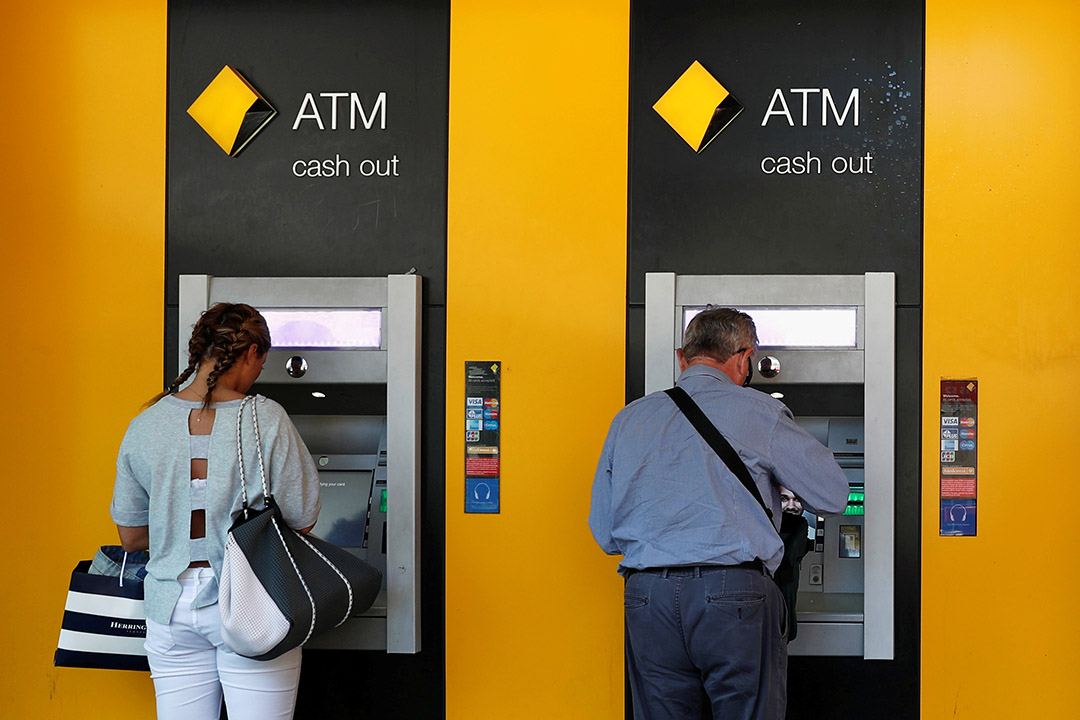

Commonwealth Bank’s (CBA’s) higher than expected final dividend of 98c per share – market analysts were tipping 76c, I tipped 80c – puts pressure on ANZ and Westpac to reward loyal shareholders with a dividend when they update the market next week.
Back in May, ANZ and Westpac each deferred their interim dividend. For the hundreds of thousands of self-funded retirees and others who rely heavily on bank dividends for income, this caused some distress. Both ANZ and Westpac committed to reviewing their decisions, with the ANZ saying that it would update the market when it delivers its third quarter trading update on August 19. Westpac did not set a date, but it did commit to “review dividend options over the course of the year”. It will get that opportunity when it reports next Tuesday. Potentially, a dividend in the order of 30c to 40c per share could be on offer from both banks.
CBA took the regulator APRA’s guidance to the limit by electing to pay 49.95% of second half statutory profit as a dividend – APRA had guided to “less than 50%”. Further, it ignored APRA’s suggestion that banks minimise the actual payout of cash by encouraging the use of dividend re-investment plans (essentially by offering shares at a discount to the market price) by confirming the operation of a dividend re-investment plan for this dividend, but with zero discount.
This pointed to CBA’s undoubted capital strength. Even after a $1.5bn provision for the impact of Covid-19, CBA’s CET1 (common equity tier 1) ratio sits at 11.6%, well above APRA’s “unquestionably strong” benchmark of 10.5%. CBA has $5bn of “surplus” capital. Further, with divestments already in train, the ratio is expected to rise on a pro-forma basis to around 12.2% - effectively giving CBA “surplus” capital of $7.5bn.
At a headline level, CBA’s full year cash NPAT of $7.3bn was down 11.3% on FY19. Coming in about $300m below consensus forecasts, the impact of lower interest rates, Covid-19, customer remediation and limited progress in cutting operating costs led to a significantly weaker second half profit. Cash NPAT in the second half fell by 33%, from $4.4bn to just $2.9bn.
The main contributor was the special Covid-19 provision, but operating profit (which is before tax and excludes loan impairment expenses) fell by almost $800m from $6.82bn in the first half to $6.05bn in the second half. CBA delivered “negative jaws” in the second half compared to the first half - income down 2.4%, expenses up 9.3%.
The second half is always a touch more challenging for the CBA with two fewer days (this reduces income by $102m), and additional customer remediation added a further $454m in costs. However, it was the increase in underlying costs of $126m that disappointed analysts. Prior to Covid-19, CBA had indicated that it was driving towards “no increase in absolute costs”.
For the premier bank, trading on the ASX at a material pricing premium compared to the other major banks, analysts expected better. The analysts liked the growth in home loans (1.3 times system growth), growth in household deposits of $15.2bn in the second half and growth in business lending of $5.0bn. They liked that CommBank is now 74% deposit funded (up from 69% one year ago), that it is the best provided of the major banks with a provisioning for bad debts coverage ratio of 1.70% and its undoubted capital strength. But it has to do better on costs.
Income is challenged because in the current ultra-low interest rate environment, the net interest margin is under pressure. Over the second half, the net interest margin fell by 7 basis points, with CBA pointing to headwinds going into FY21. Non interest income is also under pressure as competition from non-banks and fintechs erodes fees and commissions. So income growth can only come from volume growth,, which is pretty tough in an environment of anaemic credit growth.
To drive profit growth, the only other immediate lever is to cut costs. To be fair to CBA, that has been difficult in the Covid-19 environment, where so much emphasis is being placed on supporting customers and many staff are working from home. But the market can be pretty unforgiving and that’s why CBA shares fell modestly on the ASX yesterday by 0.5% to $74.34 on a day where the other three majors rose by around 2%.
Going into the result, the analysts thought CBA to be “overvalued” with a consensus target price of $66.51, some 10.5% below yesterday’s closing ASX price. According to FN Arena, Credit Suisse topped the pack with a target of $74.80 while Macquarie was the laggard with a target of $58.50.
Despite the higher than expected dividend, undoubted capital strength and good work on volumes, there is unlikely to be much movement on targets post the result. A miss is still a miss. But CBA will remain the “premier” bank and when markets are under pressure, likely to perform the best of the majors. I see no reason to change my approach to the major banks – CBA and Westpac – CBA because it is the “best”, and Westpac because it is (still) the cheapest and has the potential to be the “second best”.